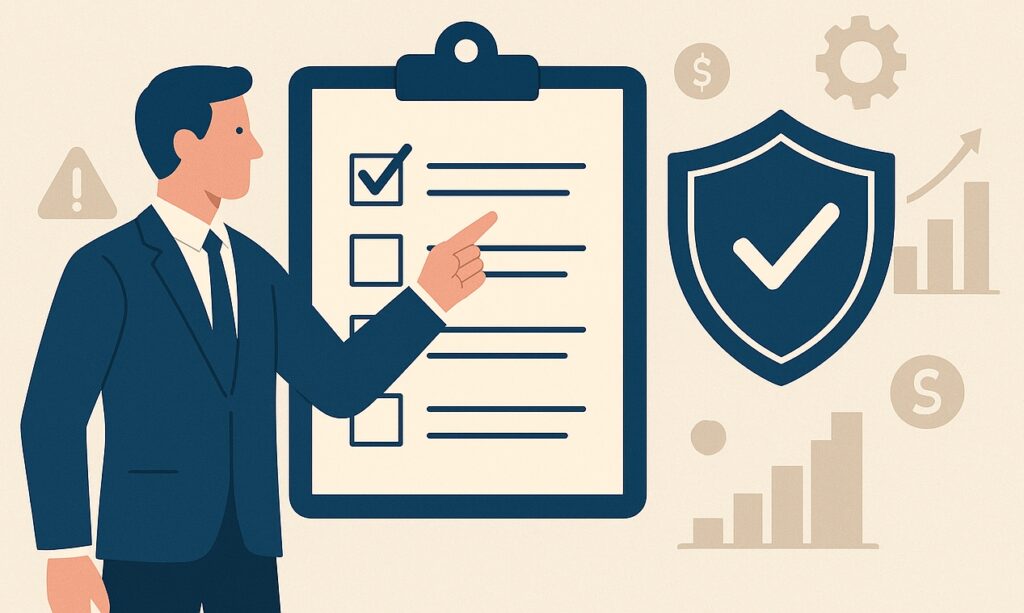The Pitfalls of Group Emails
Cops have a lot to teach us when it comes to asking for help. The next time you’re at a traffic intersection directed by a police officer, you’ll see what I mean. If they want you to do something, they point at you while making eye contact; oftentimes resulting in feelings of mild discomfort from being singled out. There’s no doubt about what you’re supposed to do and who the communication is directed at. Meanwhile in the civilian world, we send each other group emails asking for volunteers, requesting editorial input, approvals and other vague communications supposedly aimed at getting multiple people rowing in the same direction. These group ask emails are usually harbingers of screwups, disappointment and passive aggressive blame assignments around why something didn’t happen the way it was supposed to.
Transforming Customer Service: From Group Ask to CRM Integration
Consider the following group ask example in your business: Where does your sales@mybusiness.com address go? Whether it’s going to a single person or multiple folks on the same team, if you don’t have a clear system about who has the ball, you run the risk of dropping balls left & right. Our service@getlivewire.com address dumps into our customer relationship management (CRM) system where there’s a process detailing who’s responsible for claiming the inbound requests 24/7. Before we had this system, customer service was a nightmare. Unhappy customers & employees meant we needed a drastic change from our previous group ask workflow.
Fast forward to today and I still see people I work with group asking. I know they mean well, but as the old proverb says; “the road to hell is paved with good intentions.” If we’re not willing to point at someone the way the crossing guard does or don’t have a system for groups of people to effectively farm group ask repositories, we’re setting ourselves up for disaster.
Confrontation Avoidance and Its Consequences
Why do we group ask to begin with? Some of us understand the perils innately and we’re not happy until someone acknowledges the ball we handed off. Some of us need more prescription around these behaviors. To some extent, asking a person directly for something is a form of confrontation or conflict (remember how it felt when Officer Krupke pointed at you during carpool?) Many of us are conflict or confrontation averse. We’re all different and that’s OK. What isn’t different, however, is our clients’ expectations that we respond to inbound issues quickly & efficiently. They don’t care about excuses and will happily move on to your competitor across town.
Actionable Steps to Eliminate Group Asking in Your Organization
Consider the following easy next steps to stamp out group asking in your organization:
- Insist that group emails with requests are directed at a specific person and the requester not move on until acknowledgement has been received that the other person has the ball.
- Connect all your publicly available inbound email addresses to your company (such as sales@mybusiness.com or service@mybusiness.com) to a CRM solution such as Salesforce or Zoho so you can track all pending requests.
- Call out and coach any group asking behaviors you see in the organization privately (vs. throwing shade via reply all) so the group asker can learn and change their ways.
Do you have any group asking going on in your world? What will you do to stop it?
Henry Clifford is the founder and CEO of Livewire and has been an enthusiastic member of VACEOs since 2008. He also serves on the VACEOs Board of Directors as Vice Chair.




